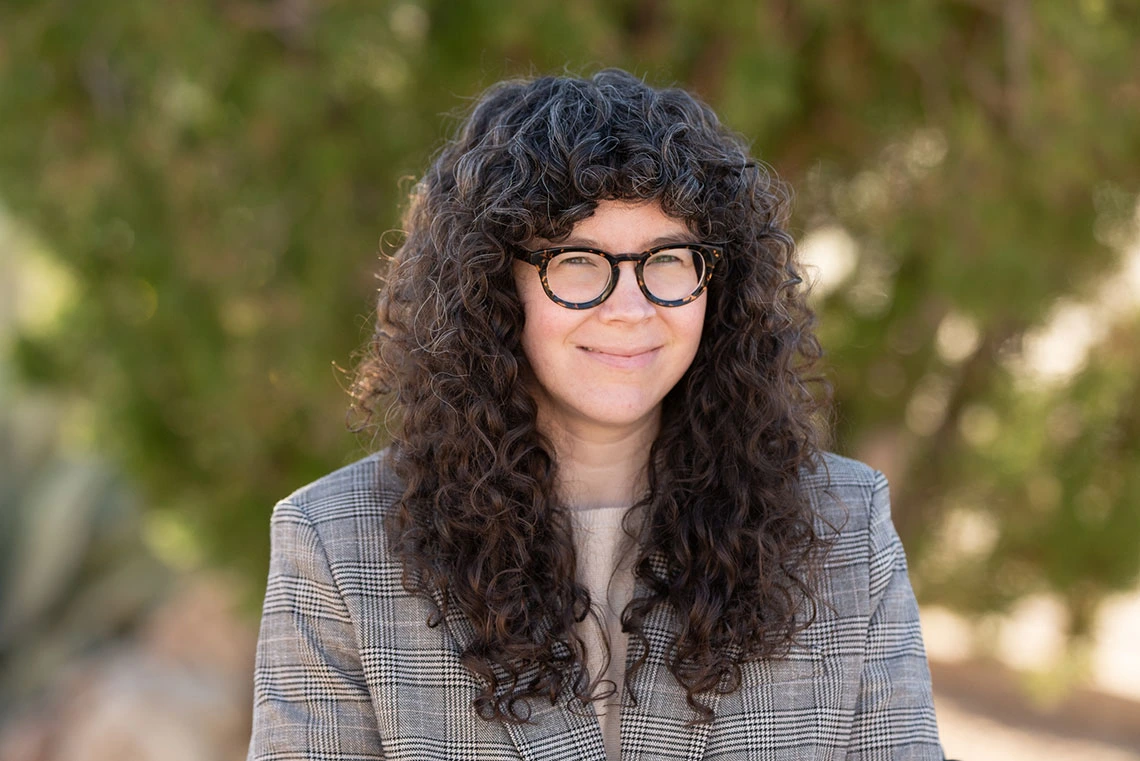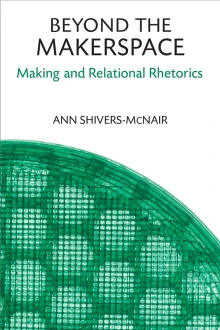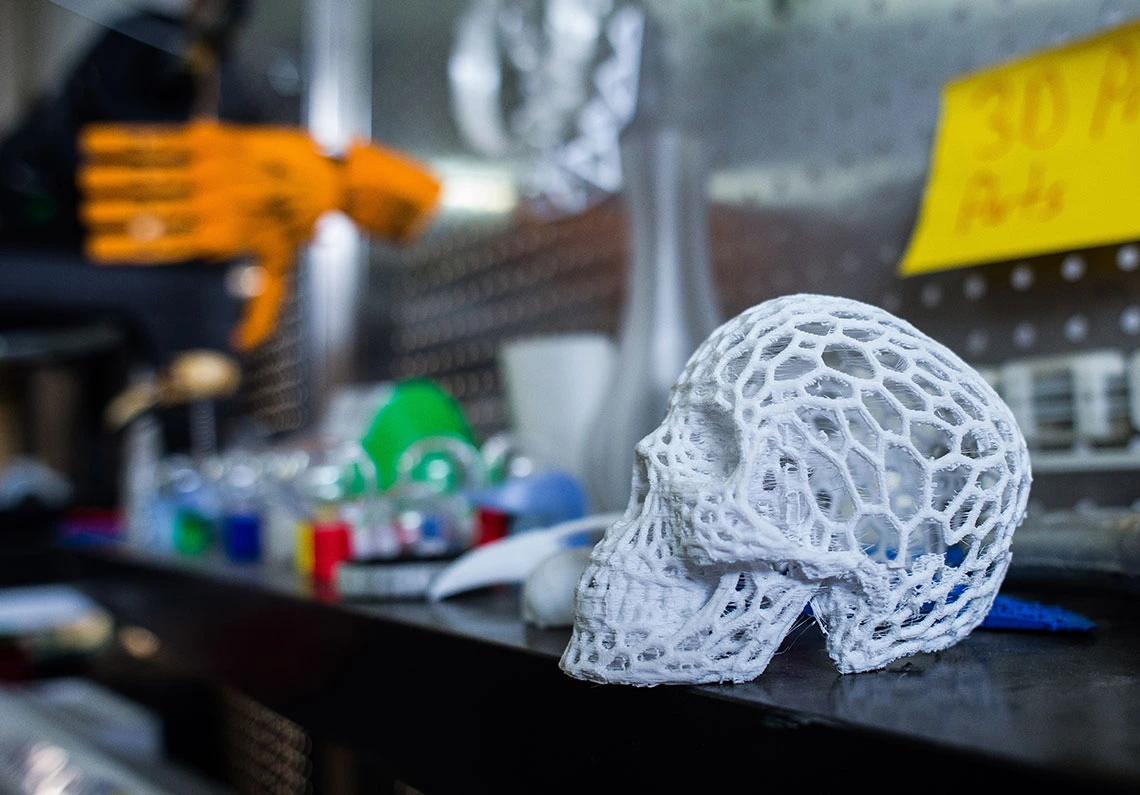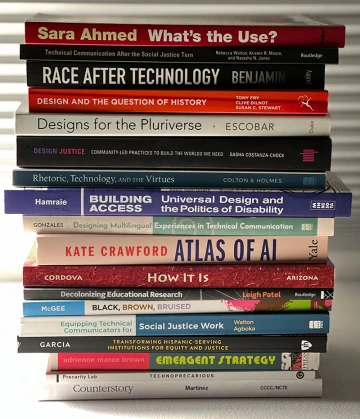Collaboration, Communication and Belonging: Ann Shivers-McNair, Associate Professor
INFOSCI FACULTY PROFILE

Ann Shivers-McNair, Associate Professor, College of Information Science.
My work is about collaboration, communication and belonging in design spaces and processes, and what I love most about my work is getting to know and learn from people doing design work in different contexts.
Ann Shivers-McNair, a new College of Information Science associate professor, brings a passion for collaboration, communication and belonging in design—values that shape her research, teaching and mentorship across disciplines and communities.
Learn more about Dr. Shivers-McNair in this profile, including her sage advice for InfoSci students:
What brought you to the College of Information Science?

I joined the College of Information Science because I see it as the premier place for transdisciplinary, people-centered work. As someone who works at the intersections of design, communication and social justice, I hold transdisciplinarity and people-centeredness as core values. For the last seven years, I was an affiliate faculty member of the college and was based in the English Department here at the University of Arizona. During that time, I witnessed firsthand the inspiring collaboration, growth, innovation and care in the College of Information Science. When I saw the job posting for positions in cultural heritage informatics, I knew I was reading the description for my dream job, and I immediately applied. I am thrilled to get to build on and expand my connections in the college, as well as across campus and in our community, in my new capacity as a core faculty member.
Tell us about your current research, and what most excites you about this work.
My work is about collaboration, communication and belonging in design spaces and processes, and what I love most about my work is getting to know and learn from people doing design work in different contexts: from makerspaces to information and communication technology design teams, and from community art and activism spaces to design education.
I also love doing research in multidisciplinary teams. I’m currently the user experience research lead on a National Science Foundation (NSF) supported redesign of the USA National Phenology Network’s Nature’s Notebook, a community science platform for tracking seasonal change and the impacts of climate change. As a member of the multidisciplinary Collaborative for Engineering Education Research and Outreach (CEERO) at the U of A, I’m co-principal investigator and lead qualitative researcher on NSF-supported projects that are about helping students connect their cultural and experiential strengths with their learning and collaborations in campus makerspaces and in design education.
And even when I’m not working in a team or in a design space, my work is multi-perspectival in spirit: I also enjoy writing syntheses and reviews of scholarship across design-oriented and cultural heritage-oriented areas to highlight shared aims and possibilities for relationship-making, sense-making and world-making.

A display of 3D-printed objects helps newcomers imagine what they might create in a community makerspace. Photo by Ann Shivers-McNair.
Tell us about your community or other service work.
I serve as a mentor for UX@UA, the largest community for user experience learners and professionals in Arizona. I’ve been with UX@UA since its beginning in 2017, and it has been a wonderful opportunity to connect with folks in and beyond Tucson. I’ve also worked with playwright Virginia Grise, Dr. Adela Licona (U of A emeritus faculty and founder of the Art of Change Agency), Dr. Maggie Melo (U of A alum and current faculty at University of North Carolina at Chapel Hill), and Tucson community members on a digital toolbox-as-manifesto for collective self-defense and for practicing art as a coalitional gesture.
What InfoSci courses do you teach, and what do you most enjoy about teaching?
I’m currently teaching INFO 696E, a graduate seminar on the use and misuse of stories in design. I’ve also taught LIS 506 Research Methods for Library and Information Science Professionals. I love getting to think with and learn from students and the rich experiences and perspectives they bring.
How do you bring your research and service work into your teaching?
Collaborative design, or co-design, is both the “what” and the “how” of my research and teaching. In other words, if I’m talking about how we can cultivate collaboration and accountability in design work, I’d better also be trying to do the work of cultivating collaboration and accountability in the design of my own research and teaching spaces.

Ann Shivers-McNair enjoys reading and bringing together different perspectives on design in her research and teaching. Photo by Ann Shivers-McNair.
How do you engage with students to foster their academic and professional growth both inside and outside the classroom?
As a teacher and mentor, I want to honor the experiences and knowledges people bring with them to learning contexts and to help them connect their own resources and expertise to academic, professional and community resources and expertise according to their goals. Whether it’s in a classroom or a mentoring conversation, I’m here to learn about students and their goals, to create space for students to bring their insights and perspectives to the table, to help make connections both with people and knowledge, and to learn with and from students.
Beyond research, service and teaching, what are your passions?
I love playing the piano—both practicing on my own and playing with friends when we get together to figure out songs we like. I also enjoy crocheting and occasionally dabble in macrame and knitting. And I’m always eager to nerd out about Star Trek.
What advice do you have for InfoSci students?
The world needs people who can think, communicate and collaborate across different areas of expertise, different perspectives and different backgrounds. You’ve come to the right place for that kind of work, and I encourage you to embrace the many opportunities in the college to get that experience in and beyond the classroom.
Learn more about Ann Shivers-McNair on her faculty page, or explore ways you can support the dynamic, student-invested faculty of the College of Information Science.

